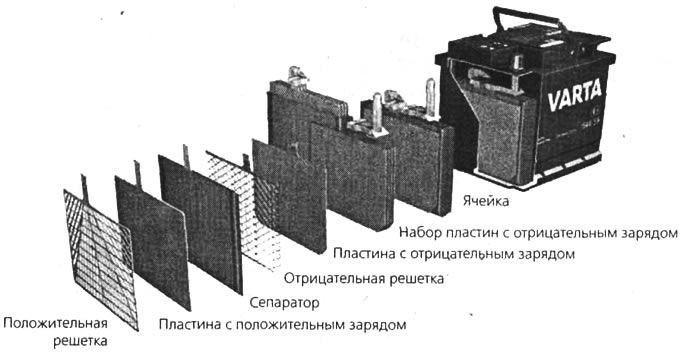
Energy storage: the internal structure of a 12-volt battery
The battery stores electricity
Inside the battery, chemical processes take place to absorb energy and store it. When current is supplied, chemical energy is converted into electrical energy. The most important task of the battery is to supply the starter with the necessary power when starting the engine: depending on the engine and the type of starter, up to 2000 watts of power is generated for a short time - for this, the battery must always be in the best shape. When starting a cold engine, most of the enormous power goes to internal losses due to friction. When starting a warm engine, the starter requires about one-fifth of the power. Between all oscillating and rotating nodes, the engines are more «places», A «hot» oils also become more fluid than cold lubricants, which are slowly mixed in the lubrication system.
Visitor comments